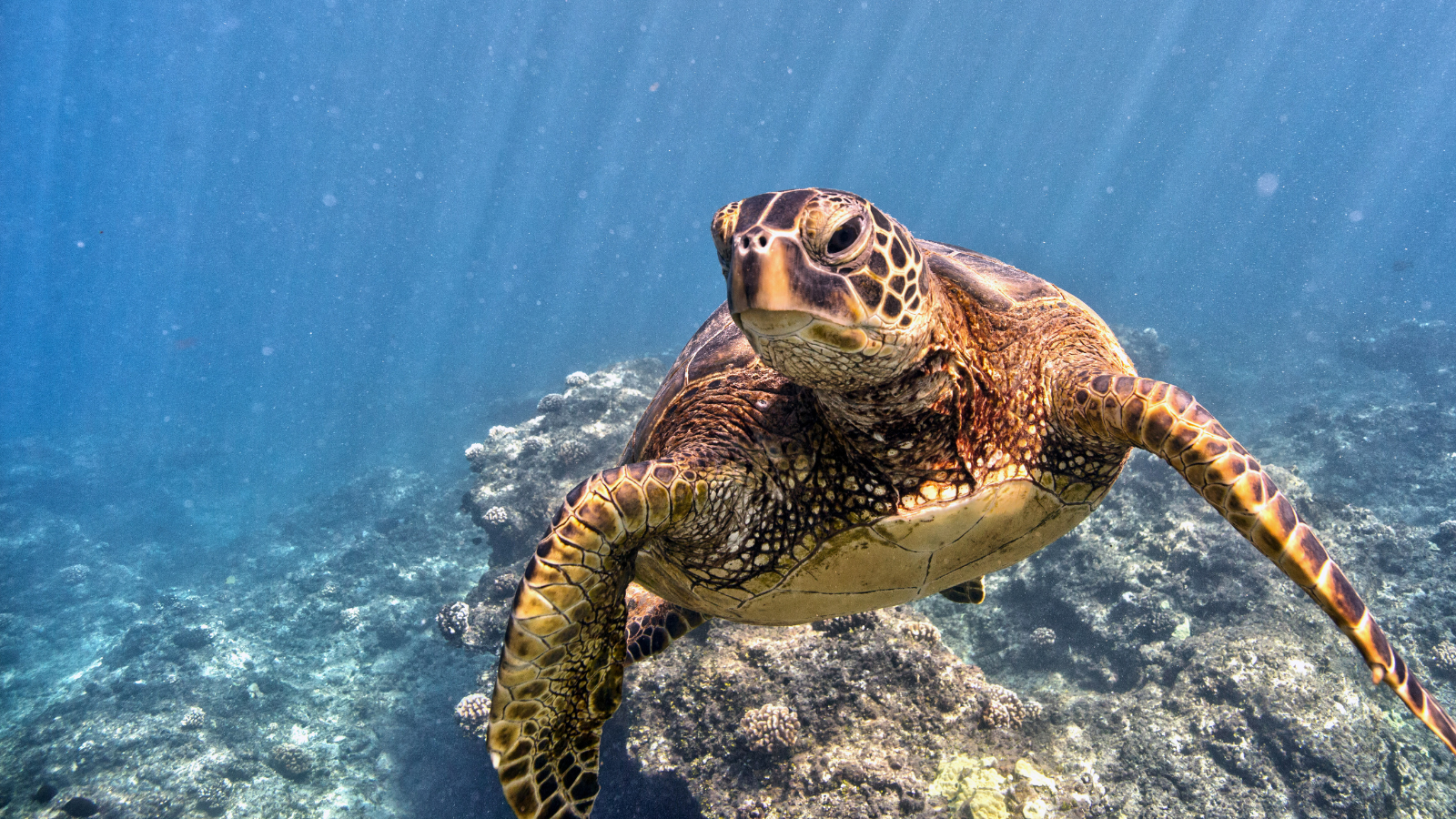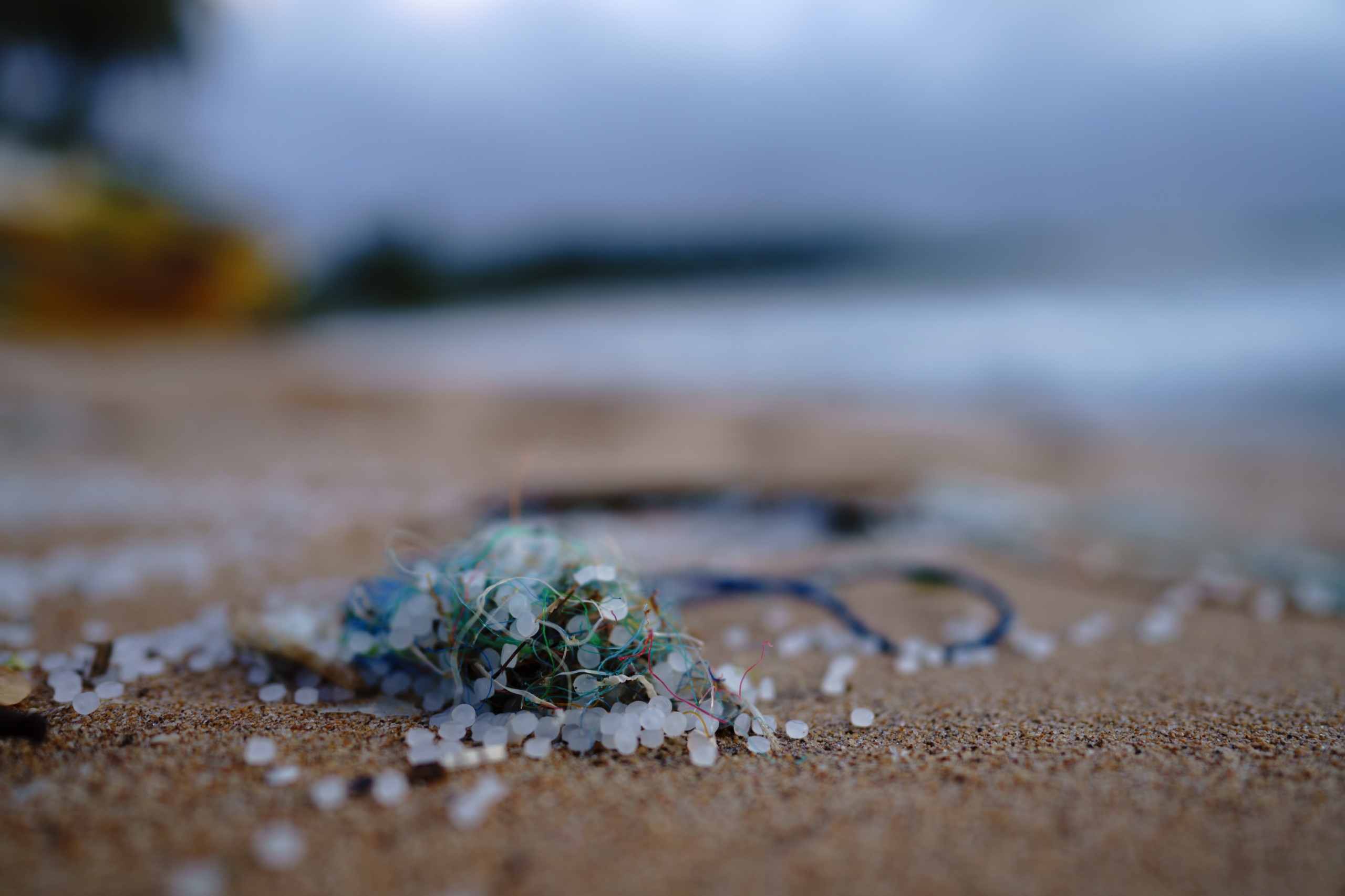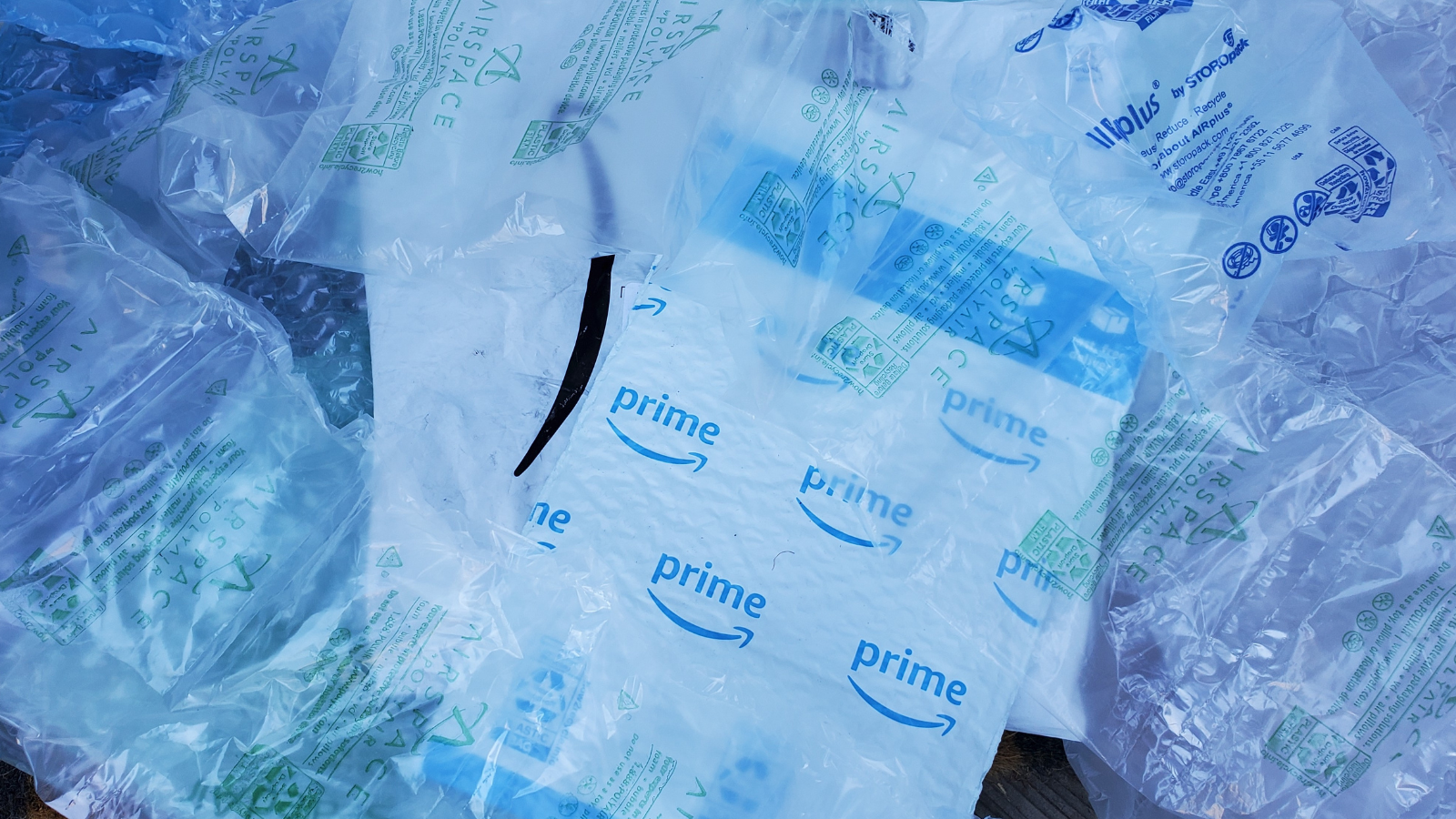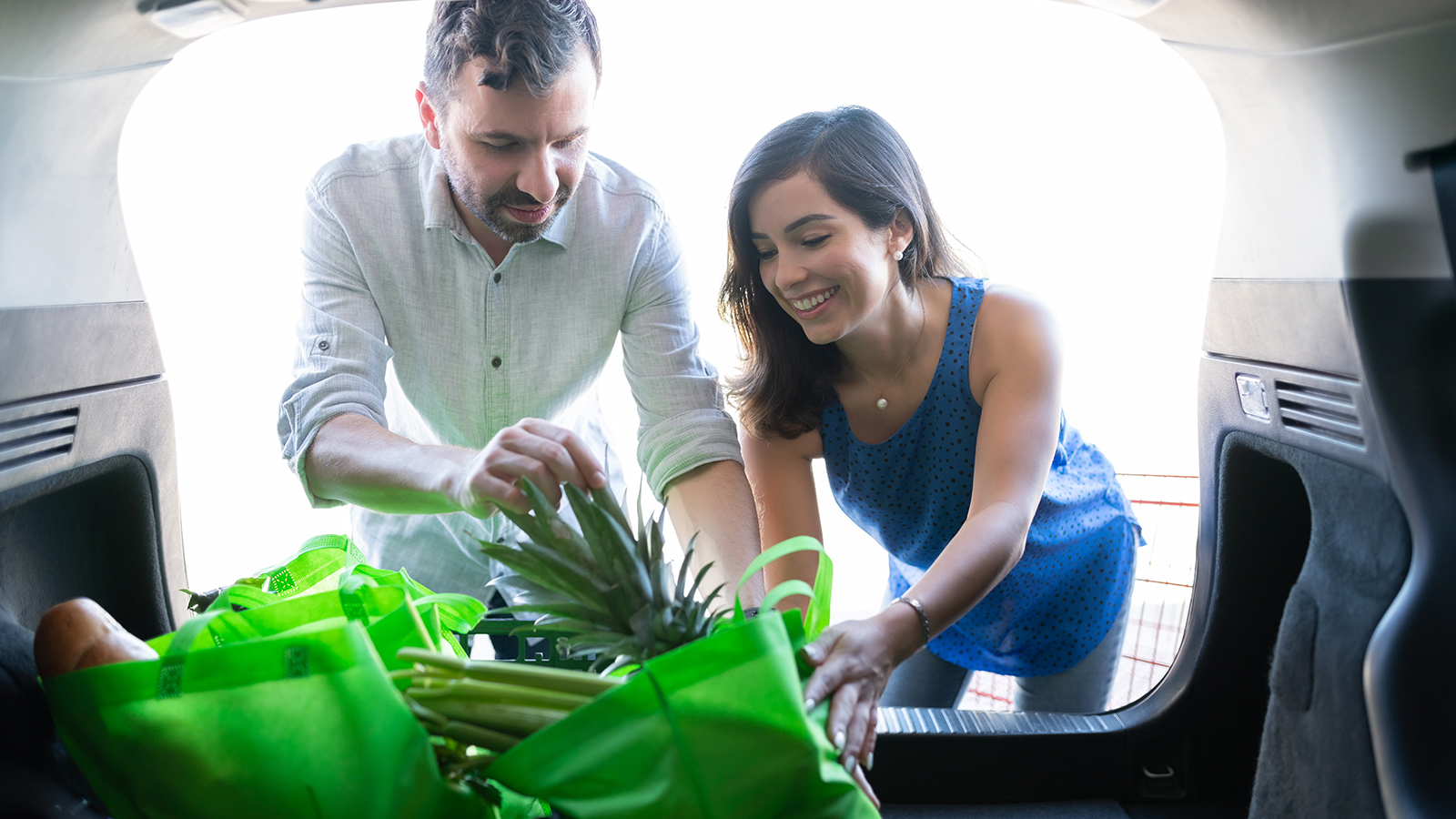Planet Over Plastic: Whole Foods can and should ditch single-use plastics
In a recent report by As You Sow, Whole Foods scored an F on plastic waste

When Whole Foods customers shop for groceries, they’re looking for fresh produce, locally-sourced meat, and nutritious snacks. Plastic — a material used just once, which then pollutes our oceans and wild places for hundreds of years — is not on their shopping list. Yet, all too often, they go home with a basket full of plastic packaging.
Right now, we face a dire plastic pollution problem. Our oceans — and such marine life as whales, dolphins and sea turtles — are choking on plastic. A report released last week by Science Advances revealed that the U.S. contributes as much as five times more plastic to the oceans than previously thought. Companies’ decisions to put a moment’s convenience over the long-term health of our planet has led to a sharp spike in the amount of plastic Americans consume. In 2019, the Ocean Conservancy found that plastic food wrappers beat out cigarette butts as the number one item polluting beaches worldwide.
In order to turn the tide on plastic pollution, Environment America Research & Policy Center, U.S. PIRG Education Fund and Student PIRG chapters across the country are launching a campaign urging Whole Foods to put ‘planet over plastic’ and ditch all single-use plastic packaging.
We know that Whole Foods can be a leader in tackling plastic waste because it’s done it before. In 2008, Whole Foods became the first U.S. grocer to eliminate plastic grocery bags at checkout. And it didn’t stop there. In 2019, the chain eliminated all plastic straws from its stores. This is the sort of bold leadership the supermarket industry needs to set an example for other companies to follow.
But a 2020 report released by As You Sow, a non-profit shareholder advocacy group, found that Whole Foods now lags behind competitors like Walmart and Target in the fight against plastic pollution. Without a comprehensive plan in place, we believe that Whole Foods isn’t living up to its reputation as a sustainable, environmentally conscious grocer. We expect more from a company that lists environmental stewardship as one of its core values.
Specifically, the As You Sow report finds that Whole Foods is behind in three key areas:
-
Packaging design: Getting the plastic pollution crisis under control starts with reducing packaging wherever possible, including redesigning packaging to omit single-use materials.
-
Reusable packaging: Whole Foods should adopt refillable and reusable packaging that prioritizes low-to-zero-waste product delivery. As You Sow’s report determined that Whole Foods has no goal to adopt reusable packaging systems and has taken no action to roll out reusable packaging in its stores.
-
Packaging transparency: Companies should disclose packaging data so that the public can measure their progress toward sustainably managing packaging pollution and waste. Whole Foods does not report the tonnage or volume of plastic packaging materials it uses or the units of plastic packaging it sells each year.
Today’s consumers expect the companies they support to reflect their values. Whole Foods’ customers believe in preserving a healthy, livable planet. They’re also aware of the damage that plastic waste wreaks on ocean ecosystems. With that in mind, we’re asking them to join us in calling on Whole Foods to eliminate all single-use plastic packaging.
We live in a world in which the solutions to some of our biggest environmental problems already exist. For instance, we can generate electricity from the sun and power vehicles without using gas. The reality is that the solution to plastic pollution exists as well. Giant Eagle, a regional, Mid-Atlantic grocery chain has already made a commitment to go plastic free. Now, we need a nationwide chain to step forward and lead. To protect wildlife, oceans and our communities, now is the moment for Whole Foods to put planet over plastic and ditch all single-use plastic packaging.
Photo: John Burns/NOAA
Tell Whole Foods: Planet over Plastic
Topics
Authors
Reino Hyyppa
Find Out More

Millions of tiny plastic pellets are being dumped into our waterways

Turning plastic waste into plastic lumber isn’t recycling

To reduce waste, Target should phase out plastic bags


